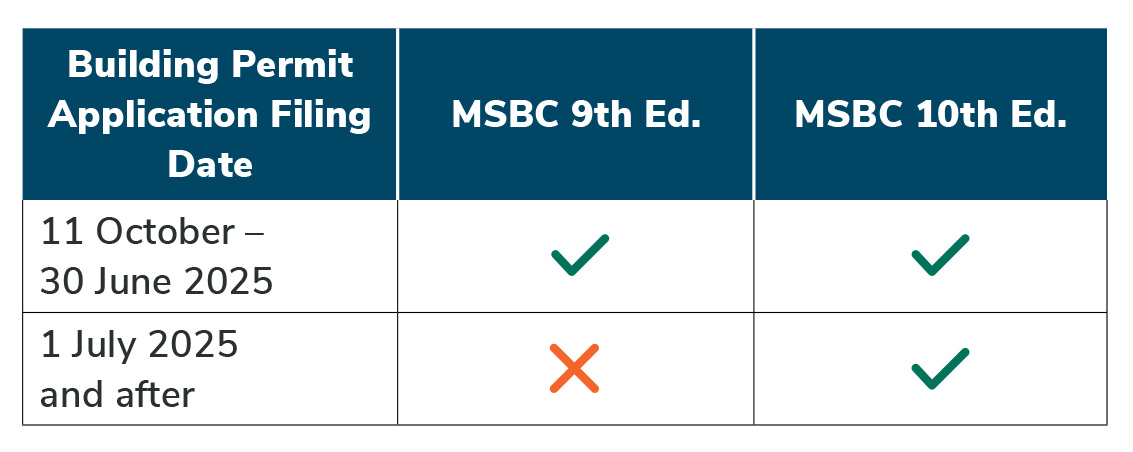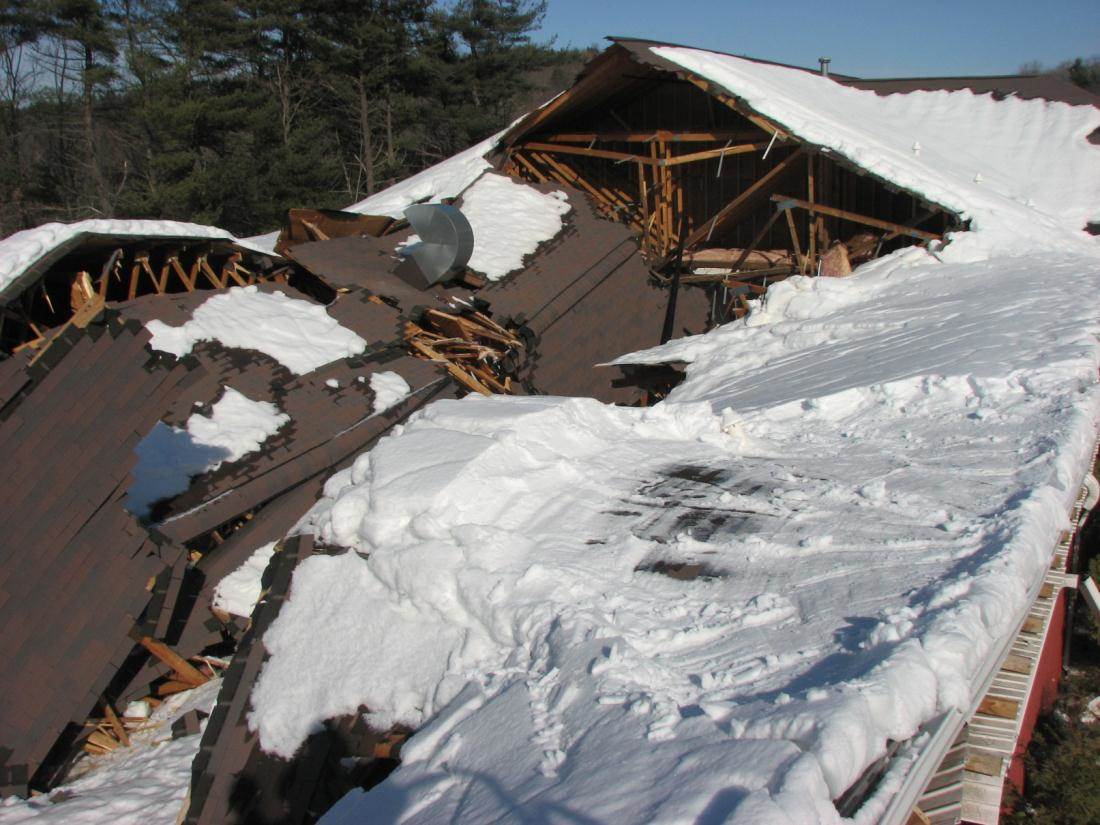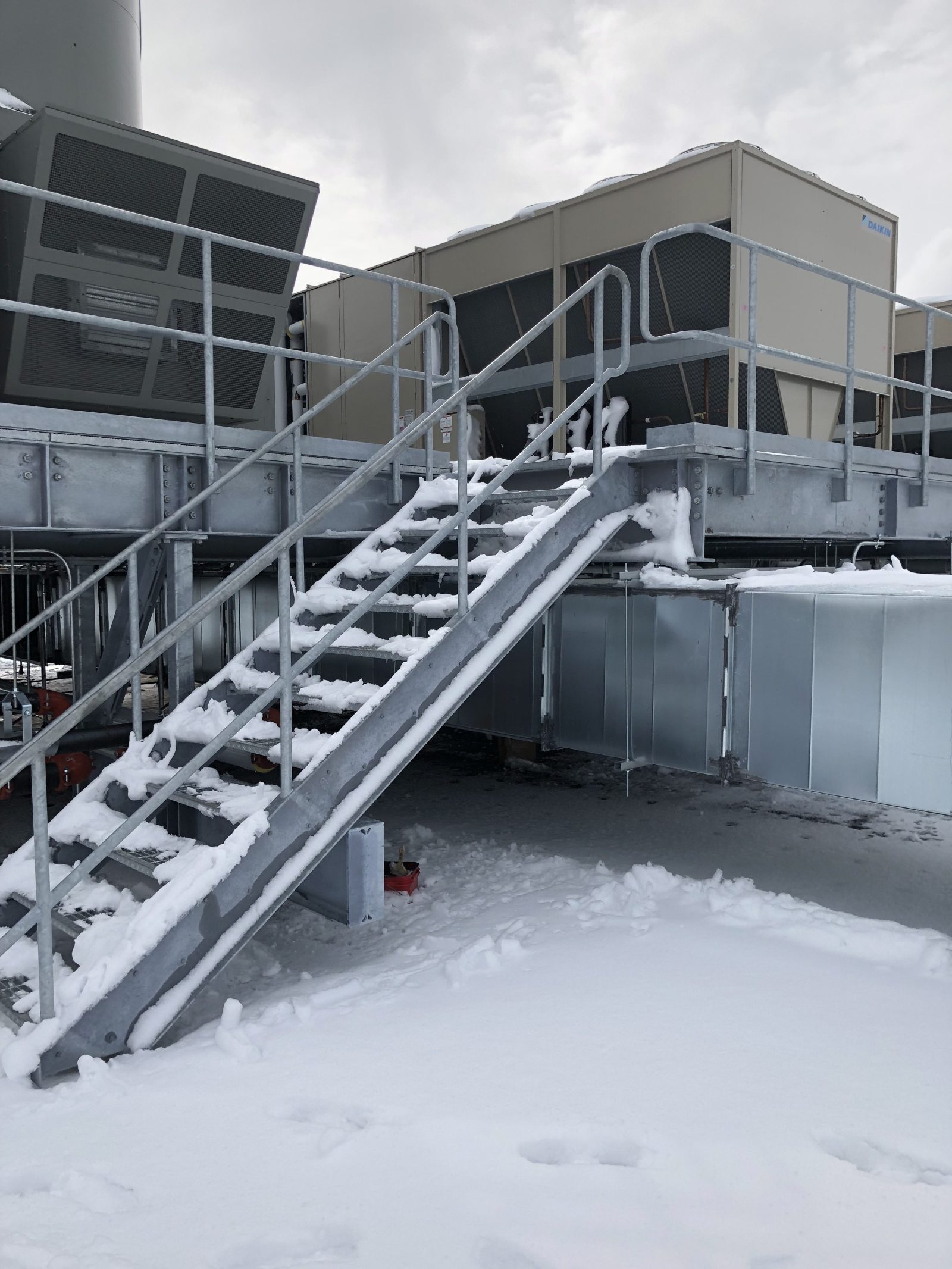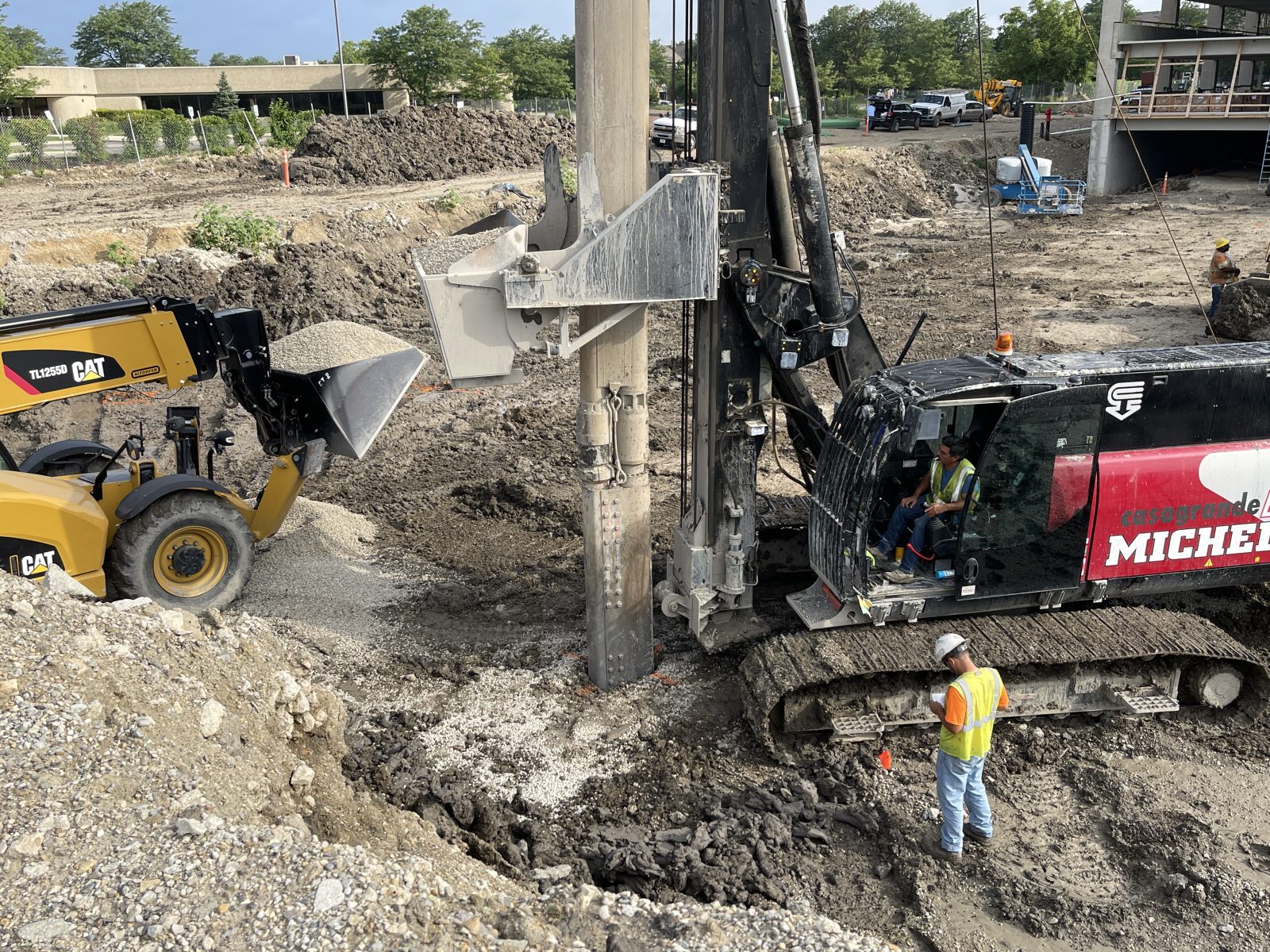Massachusetts State Building Code: What’s Changed in the 10th Edition?

The new, tenth edition of the Massachusetts State Building Code (MSBC, 780 CMR) takes effect on 11 October 2024, replacing the previous ninth edition that had been in effect since October 2017. The new MSBC aligns commonwealth requirements with the 2021 series of International Code Council (ICC) model codes—including the International Building Code (IBC), International Existing Building Code, International Residential Code (IRC), and International Energy Conservation Code (IECC)—with Massachusetts-specific amendments. The ICC model codes incorporate other standards, by reference, such as ASCE 7 – Minimum Design Loads and Associated Criteria for Buildings and Other Structures, that have also been revised and apply in Massachusetts.
The following summarizes some of the significant changes that will take effect, based on the regulations issued by the Board of Building Regulations and Standards (BBRS) following public comments and hearings.
ABOUT THE MASSACHUSETTS STATE BUILDING CODE
Massachusetts periodically updates its building code to incorporate information and developments regarding safety, materials, and technology from the ICC and the local architectural, engineering, and construction (AEC) industry. These latest changes affect new construction, renovation, and rehabilitation projects for commercial and residential structures, including structural and building enclosure design, fire and life safety requirements, and more.
A concurrency period will allow project teams to use the ninth or tenth MSBC from 11 October 2024 to 30 June 2025. Current and ongoing design projects using the ninth edition must file for building permits on or before 30 June 2025. Applications after 1 July 2025 will need to comply with the tenth edition if project-specific relief is not granted through the Massachusetts Building Code Appeals Board.

WHAT HAS CHANGED?
There are several updates in the 2021 ICC Model Codes and the related Massachusetts-specific amendments that take effect in the tenth edition of the MSBC, particularly for structural loads for new buildings, changes to existing buildings, and other safety-related updates for building projects. Project stakeholders must understand the code’s full scope and respond to the nuances of each individual project. Massachusetts design professionals, including architects and engineers, will need to pay particular attention to the following areas:
Snow Loads
The design snow loads in the MSBC tenth edition generally remain the same as in the ninth. Many of the new requirements provide guidance on items that were previously left to the engineer’s judgment. Key updates include:
- Higher elevations (MSBC 10th 1604.11): There are local increases for the design snow load at project sites located at higher elevations than the average elevation of the municipality. This requirement affects projects where there are large elevation changes within a municipality, such as in Western Massachusetts.
- Snow accumulation (ASCE 7-16 7.13): The code now considers snow accumulating on open-framed structures, such as pipe racks and grating.
- Snow drift (ASCE 7-16 7.8): The code includes prescriptive clearances beneath structures to prevent snow drift accumulation against them, such as the case with elevated rooftop equipment frames like dunnage platforms.
Wind Loads
The design wind speeds in the tenth edition (MSBC 10th 1604.11) are lower than in the ninth, as shown in the table below. This change results in approximately a 5-15% reduction in the design wind load compared to the prior edition. In addition, the MSBC tenth edition (ASCE 7-16 29.4.3 and 29.4.4) provides substantial guidance on wind uplift pressures on roof-mounted solar panels, which are becoming more prevalent. Prior editions of the MSBC provided minimal codified guidance.

Seismic Loads
In general, design seismic accelerations—and their design seismic forces—for most structures increase significantly in the tenth edition (MSBC 10th 1604.11). The short-period spectral acceleration (Ss), which affects short, stiff buildings, increases significantly in most of Massachusetts. The long-period spectral acceleration (S1,), which affects tall, flexible buildings, decreases. The table below summarizes the changes in selected cities.
The seismic design category (SDC)—a classification given to a structure based on the earthquake severity and structure’s importance—will remain the same in most of Massachusetts. Because seismic accelerations have increased significantly in the North Shore region (generally northeast of Lowell), many conventional structures that would have been classified as SDC “B” are now in the higher SDC “C” category. The SDC “C” category can trigger additional requirements for structural detailing and non-structural elements, such as mechanical equipment, utility bracing, and non-structural walls. There are also restrictions on the types of structural systems that can be used in higher SDCs.

Existing Buildings
Notable changes to MSBC requirements for modifications to existing buildings include:
- Snow load damage (2021 IEBC 405.2.4): Repairs to buildings that have sustained “substantial structural damage” to structural elements that carry snow load must be evaluated and strengthened if they do not meet current snow load requirements, including for snow drifts, regardless of whether snow caused the damage.
- Unheated roof structures (MSBC 10th Ch. 34 706.2 and elsewhere): The code adds requirements for checking the structural capacity of roof structures when adding insulation, such as when insulation is added during re-roofing, and increases the thermal resistance (R-value) to reduce latent heat loss, which will allow more snow to accumulate on the roof. This requirement could affect buildings with unheated attics.
- Masonry structures (MSBC 10th Ch. 34 302.3): The Massachusetts-specific amendments provide prescriptive strength values for masonry structures, which must be used when evaluating masonry unless more precise values are obtained by testing or other justifiable documentation. The prescriptive values are significantly lower than modern design values.
- Interior masonry partitions (MSBC 10th Ch. 34 906.7): For major renovations in which more than 50% of the interior area is reconfigured, interior masonry partition anchorages must be evaluated for compliance with out-of-plane seismic forces and strengthened if they do not have sufficient capacity.

With little more than a two-month transition period, it is important for owners and project stakeholders in the planning stages for new buildings or existing building renovations to understand the differences between code editions and their related deadlines.
Other Changes
Other noteworthy changes in the MSBC tenth edition that may affect building structures include:
- Ground improvement (MSBC 10th 1809.14): The code includes new requirements for ground improvement elements like rammed aggregate piers or rigid inclusions, which are typically used at sites with soft or loose soils to make them suitable for shallow foundations. Prior to the MSBC tenth edition, there were virtually no codified requirements for ground improvement. Massachusetts is the first state to adopt requirements for ground improvement design, inspection, and construction.
- Ponding (ASCE 7-16 8.4): New requirements help identify roof bays that are susceptible to becoming unstable from ponding rainwater. These requirements mostly affect buildings with long-span, lightly framed roofs, such as warehouses, gymnasiums, natatoriums, etc.
- Frost protection (2021 IBC 1809.5.1): Outward-swinging egress doors must have an exterior landing that is frost-protected to prevent heaving and potentially impinging the door swing. Frost protection can be achieved by replacing the soil beneath the landing with non-frost-susceptible soil to frost depth or adding below-grade insulation that complies with ASCE 32 – Design and Construction of Frost Protected Shallow Foundations.
- Flood protection (MSBC 10th 1612.1): The code updates flood-resistant design provisions for new and existing buildings, including more stringent requirements for Coastal A Zones and an increase to the minimum required freeboard for all building categories.
CONCLUSION
The tenth edition of the MSBC is a comprehensive update that incorporates the latest environmental data, historic building performance, and best practices to safeguard the public and address emerging technologies in the built environment. These changes are the result of many iterations and conversations across Massachusetts and the international community, and will continue to evolve in future edition as we advance knowledge and innovate approaches. In the near term, it is important for owners and project stakeholders to understand what has changed and incorporate best practices to achieve compliant, long-lasting, high-performing buildings.



